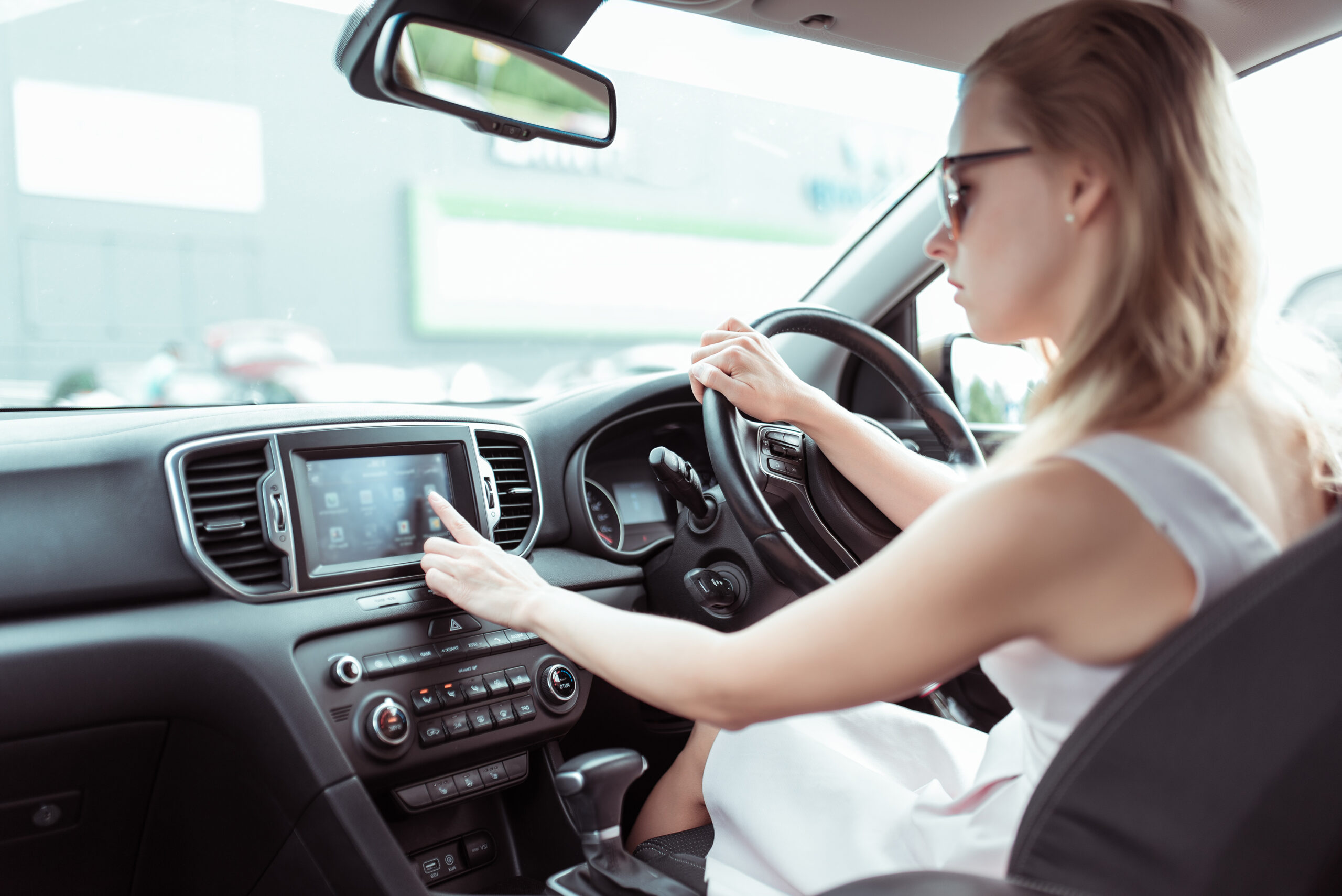
Who accelerated, the car or the driver?
Historically, certain vehicles have suffered with malfunctions and defects which have resulted in unintended acceleration, although there are also many instances where it is likely the driver pressed the wrong pedal, also referred to as pedal confusion. This raises the question, did the car accelerate on its own, or did the driver press the wrong pedal?
Many of these incidents occur during parking manoeuvres or in slow-moving traffic; this is usually when drivers are at their least alert. When parking, drivers are sometimes under pressure by other vehicles waiting to pass. This, combined with their attention being drawn to passing pedestrians or the vehicle(s) theyare parking close to, means that if their vehicle suddenly accelerated away resulting in a collision, there could be – arguably understandable – confusion from the driver around what actually happened.
These Sudden Unintended Acceleration (SUA) events are an increasing phenomenon amongst drivers and occur when a vehicle suddenly and uncontrollably increases in speed. Where this occurs, drivers also commonly report that their brakes have either failed or seemed ineffective in slowing the vehicle.
How EDR data can help
There are many types of data that can be extracted from an EDR including wheel speed, steering wheel position, engine speed, seatbelt usage, throttle and brake pedal position, and the rates of acceleration following a collision. Often, in cases of unintended acceleration, understanding whether the brake pedal or accelerator pedal were being pressed is key in getting to the root cause of the collision.
The EDR usually stores around 5 seconds’ worth of data relating to the pre-collision events, in half-second intervals. This provides as many as 10 pre-collision data points, which can help us start to work out what happened and when. Through a detailed analysis of this data, it is often possible to understand the likelihood of the collision being caused by a vehicle defect, or human error. The data from the EDR allows us to determine whether there is any correlation between which pedals were being pressed and any changes in the engine and road speed of the vehicle.
Whilst the EDR data provides some insight into what the vehicle was experiencing at the time, where a driver suffers a sudden unintended acceleration, we would always recommend having the vehicle mechanically inspected. There are various circumstances under which a vehicle may accelerate by itself and only with a combined mechanical inspection and EDR download can we present the strongest evidence.
TRL can assist with all aspects of a sudden unintended acceleration investigation, from downloading and interpreting the EDR data, to mechanically inspecting the vehicle. Should our findings indicate it was the driver who was responsible, we also have human factors experts with extensive experience in the field of pedal confusion who can help with understanding what this is and why it may happen.
Please contact our team for further information or to check if a vehicle is supported.
This is the second bulletin in a series of information notes about EDR. The others in the series cover
- The potential from using EDR data in collision investigations
- Four common collision types where EDR data illuminates causation
- How and when to cross reference EDR data with other digital data, such as CCTV analysis






